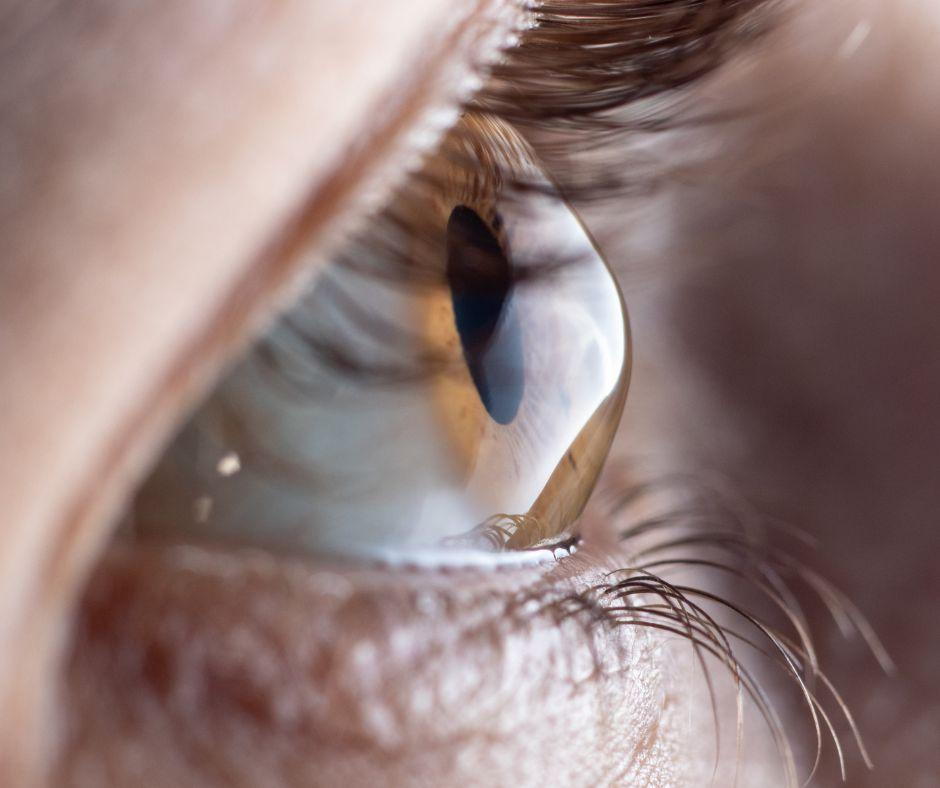
Diagnosis and Treatment of Eye Diseases: A Comprehensive Guide
Maintaining eye health is a critical aspect of overall well-being. Given the vast array of potential eye conditions, understanding the symptoms, diagnosis, and treatment of eye diseases becomes paramount. In this comprehensive guide, we delve into various aspects of ocular disorders, spanning from common problems to the latest advancements in eye care.
Understanding the Types of Eye Diseases
Numerous eye diseases can impact individuals across all age brackets, from pediatrics to geriatrics. Conditions like glaucoma, cataracts, macular degeneration, and diabetic retinopathy are among the most prevalent. However, there's also a broad spectrum of less common ailments, including dry eye syndrome and conjunctivitis, often linked to environmental factors and lifestyle choices.
Pediatric eye diseases often involve conditions like lazy eye (amblyopia), crossed eyes (strabismus), and refractive errors such as myopia (nearsightedness) and hyperopia (farsightedness). Meanwhile, eye diseases in the elderly, such as macular degeneration and cataracts, often occur due to age-related changes in the eyes.
Eye diseases are conditions that affect the structure or function of the eye, leading to vision impairment or loss if left untreated.
There are various types of eye diseases, including:
Refractive errors
These are the most common eye conditions and include nearsightedness (myopia), farsightedness (hyperopia), and astigmatism. They occur when the shape of the eye prevents light from focusing directly on the retina, leading to blurred vision.
Cataracts
Cataracts cause clouding of the eye's natural lens, leading to blurred or hazy vision. They commonly occur with aging but can also be present at birth or develop due to injury or certain medical conditions.
Glaucoma
Glaucoma is a group of eye diseases that damage the optic nerve, often due to increased pressure inside the eye. It can lead to vision loss and blindness if left untreated.
Age-related macular degeneration (AMD)
AMD is a progressive disease that affects the macula, the central part of the retina responsible for sharp, central vision. It can cause blurred or distorted vision and, in advanced stages, can lead to significant vision loss.
Identifying Symptoms and Diagnosis of Eye Diseases
Recognizing eye disease symptoms is the first step toward proper diagnosis and treatment. Some common signs include blurred vision, eye pain, redness, excessive tearing, or even vision loss. The appearance of floaters or flashes of light can also indicate retinal severe disorders.
The diagnosis of eye diseases involves a comprehensive eye examination that may include tests to assess visual acuity, eye pressure (tonometry), retinal health, and the field of vision. Advanced eye imaging techniques, such as OCT (Optical Coherence Tomography), may be used for detailed views of the retina in diseases like macular degeneration and diabetic retinopathy.
Treatment Options for Eye Diseases
The treatment of eye diseases hinges on the specific condition at hand. Some issues might be alleviated with simple solutions, like artificial tears for dry eyes or prescription eyewear for refractive errors.
Medicinal approaches often incorporate eye drops and medications to manage conditions like glaucoma, wherein lowering eye pressure is crucial. Alternatively, eye disease surgery or laser eye surgery may be indicated for severe cases, such as cataracts or retinal detachments.
Diabetic retinopathy management is a multidimensional task, entailing both ocular treatments and overall blood sugar control. On the other hand, macular degeneration therapy may involve nutritional supplements and injectable medications to slow disease progression.
Prevention of Eye Diseases and the Importance of Regular Check-ups
Preventing eye diseases begins with regular eye check-ups, which allow for early detection and treatment. Proper vision correction eyewear and sunglasses can protect the eyes from strain and UV damage.
Good eye health nutrition, including a diet rich in omega-3 fatty acids, leafy greens, and vitamins, can also play a key role in maintaining ocular health.
Keeping Abreast of the Latest Research in Eye Disease Treatment
Ophthalmology is a field with ongoing research and continuous advancements. Staying up-to-date with the latest research in eye disease treatment is integral for healthcare providers and beneficial for patients.
Recent innovations, such as minimally invasive glaucoma surgeries (MIGS), advancements in retinal imaging, and novel therapeutics in dry eye disease, have revolutionized the treatment landscape. Genetics also plays a part in many eye diseases, so genomic research may open new pathways for personalized treatment plans.
Conclusion
Understanding the diagnosis and treatment of eye diseases equips us to take better care of our vision and overall eye health. Regular check-ups, a healthy lifestyle, awareness of symptoms, and an understanding of available treatments all contribute to this endeavor.
Remember, while this guide provides a broad overview, it's essential to seek professional advice from an ophthalmologist or optometrist for personalized eye care. Together, we can reduce the burden of eye diseases and foster a brighter, clearer future.


